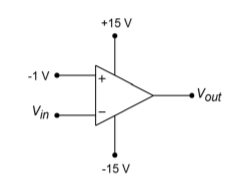8.6 Problems
Review Questions
- What is an op amp?
- Give several examples of where op amps might be used.
- What is the typical stage layout of an op amp?
- What comprises the first stage of a typical op amp?
- What comprises the final stage of a typical op amp?
- How does integrated circuit design differ from discrete design?
- What is a comparator, and how might it be used?
- What is meant by monolithic planar construction?
- What is a mask, and how is it used in the construction of IC op amps?
- What is the process of diffusion and how does it relate to the construction of IC op amps?
- What are the advantages of monolithic IC construction?
- How does hybrid construction differ from monolithic construction?
Problems
- For the circuit in Figure 2.6.1 , find 𝑉𝑜𝑢𝑡 for the following inputs:
- For the circuit in Figure 2.6.2 , find 𝑉𝑜𝑢𝑡 for the following inputs:
- For the circuit in Figure 2.6.3, find 𝑉𝑜𝑢𝑡 for the following inputs:
- Sketch 𝑉𝑜𝑢𝑡if 𝑉𝑖𝑛(𝑡)=1 sin 60𝑡 in Figure 2.6.1 .
- Sketch 𝑉𝑜𝑢𝑡if 𝑉𝑖𝑛(𝑡)=2 sin 20𝑡 in Figure 2.6.2 .
- Sketch 𝑉𝑜𝑢𝑡if 𝑉𝑖𝑛(𝑡)=3 sin 10𝑡 in Figure 2.6.3 .
- A Temperature Dependent Resistor is used in the comparator of Figure 2.6.4 . At what temperature will the comparator change state?
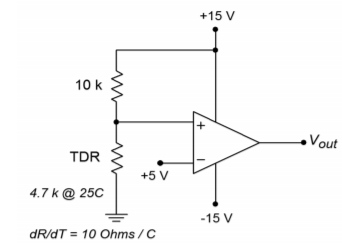
Figure 2.6.4 - What is the value of the Light Dependent Resistor at the comparator trip point in Figure 2.6.5 ?
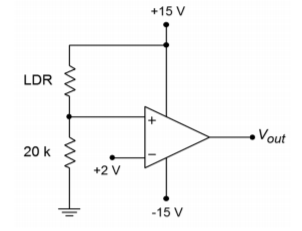
Figure 2.6.5 - What reference voltage is required for a 50°C trip point in Figure 2.6.4 ?
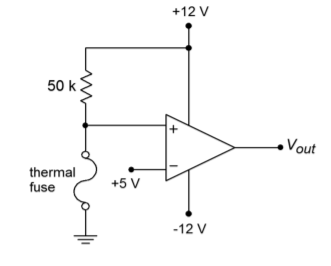
Figure 2.6.6 - A thermal fuse is device found in such common items as coffee makers. Normally, its resistance is very low, ideally 0 Ω . With the application of excessive heat, the fuse opens, presenting a very high resistance, ideally infinite. Explain the operation of the circuit in Figure 2.6.6 . Is the output voltage normally high or low?
- A strain gauge is a device that can be used to measure the amount of bend or deflection in a part that it is attached to. It can be connected so that its resistance rises as the bend increases. What resistance is required to trip the comparator of Figure 2.6.7 ?
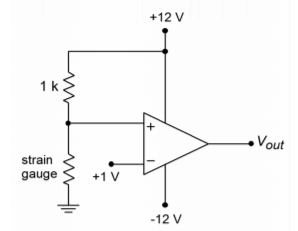
Figure 2.6.7 - Determine the current flowing out of the collector of 𝑄13 in Figure 2.2.4.
Computer Simulation Problem
-
- Alter the simple simulation model presented in the chapter to include saturation effects. (Hint: Consider a device that limits voltage.)



